Creating a home climbing wall is one of the best decisions you can make if you want consistent training, adventure, and fun right where you live. Whether you’re building a small home climbing wall in your garage or transforming a spare room into a bouldering wall, the benefits go beyond convenience—they can significantly improve your strength, technique, and mental resilience.
Why a Home Climbing Wall?
A climbing wall for home allows you to train without relying on gym schedules, saves on memberships, and gives you the flexibility to practice specific problems repeatedly. It’s also a family-friendly way to encourage active play and skill development for kids while providing a stress-relieving activity for adults after work.
A home bouldering wall can be as simple as a small vertical or slightly overhanging panel with a mix of easy and challenging holds. For those with more space, you can build a full rock climbing home wall in your garage, basement, or backyard to simulate routes, test endurance, and work on power moves.
Planning Your At-Home Climbing Wall
Before building, consider:
-
Space: Measure ceiling height, available floor area, and landing zones. Even a small home climbing wall can be effective with good design.
-
Angle: Slight overhangs (~15–30 degrees) increase training potential while remaining beginner-friendly.
-
Holds: Choose a mix of jugs, crimps, slopers, and footholds for varied practice.
-
Safety: Invest in thick crash pads if building a home bouldering wall. If space allows, incorporate a plywood platform for safer falls.
Personal Experience: Turning a Spare Room into a Climbing Haven
During one winter season, I transformed a small room into an at-home bouldering wall. Using a 20-degree overhang, a variety of holds, and a simple padded flooring setup, I found it easy to sneak in short, focused sessions while working from home. It became a quiet retreat where I could test limit moves without distractions, and I noticed significant improvements in my lock-off strength and footwork consistency over a few months of casual training.
Advantages of a Home Climbing Wall
-
Consistency: Train daily without travel time.
-
Customization: Focus on weaknesses like finger strength or dynamic moves.
-
Family engagement: Kids and adults alike can enjoy a climbing wall at home.
-
Cost-effective: Over time, it saves compared to climbing gym memberships.
Tips for Building Your Home Climbing Wall
-
Start Small: Even a compact home climbing board can add meaningful finger training and warm-ups to your routine.
-
Use Modular Holds: Allows easy route setting and progression.
-
Mind the Landing Zone: Safety is crucial; thick pads reduce injury risks.
-
Ventilation & Lighting: Good airflow and clear lighting will make the space more inviting and usable.
Home Climbing Wall Maintenance
Regularly check hold tightness and the structure’s integrity. Clean holds to maintain friction and replace damaged pads when needed to keep your climbing gym at home safe and effective.
Ready to Build Your Climbing Wall at Home?
Whether you’re planning a small home climbing wall in your garage, an at-home bouldering wall in your spare room, or a backyard rock climbing home wall, the key is to design a setup that encourages consistent practice and fun. Over time, you’ll find your climbing ability and confidence on real rock will improve, making every outdoor send even more rewarding.




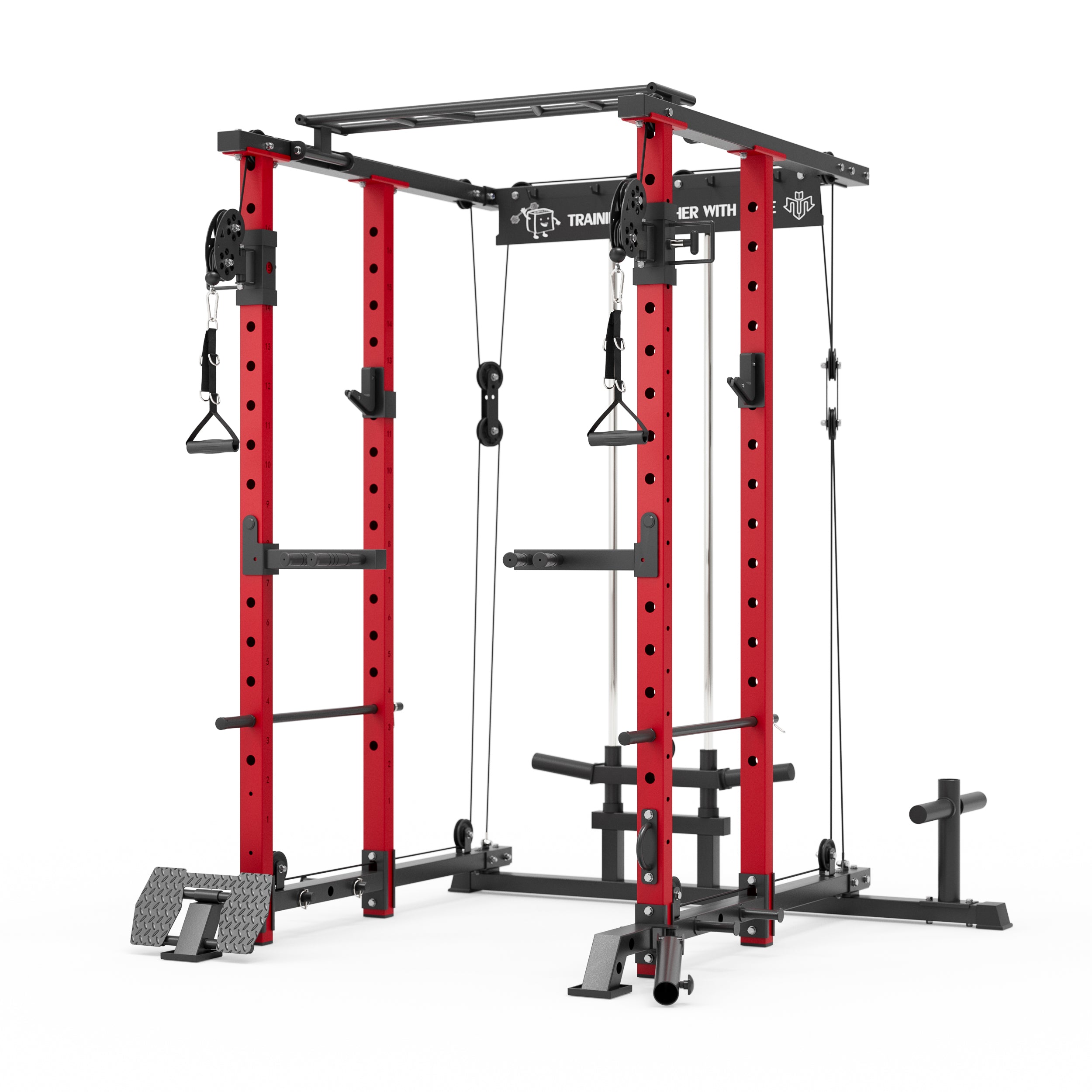


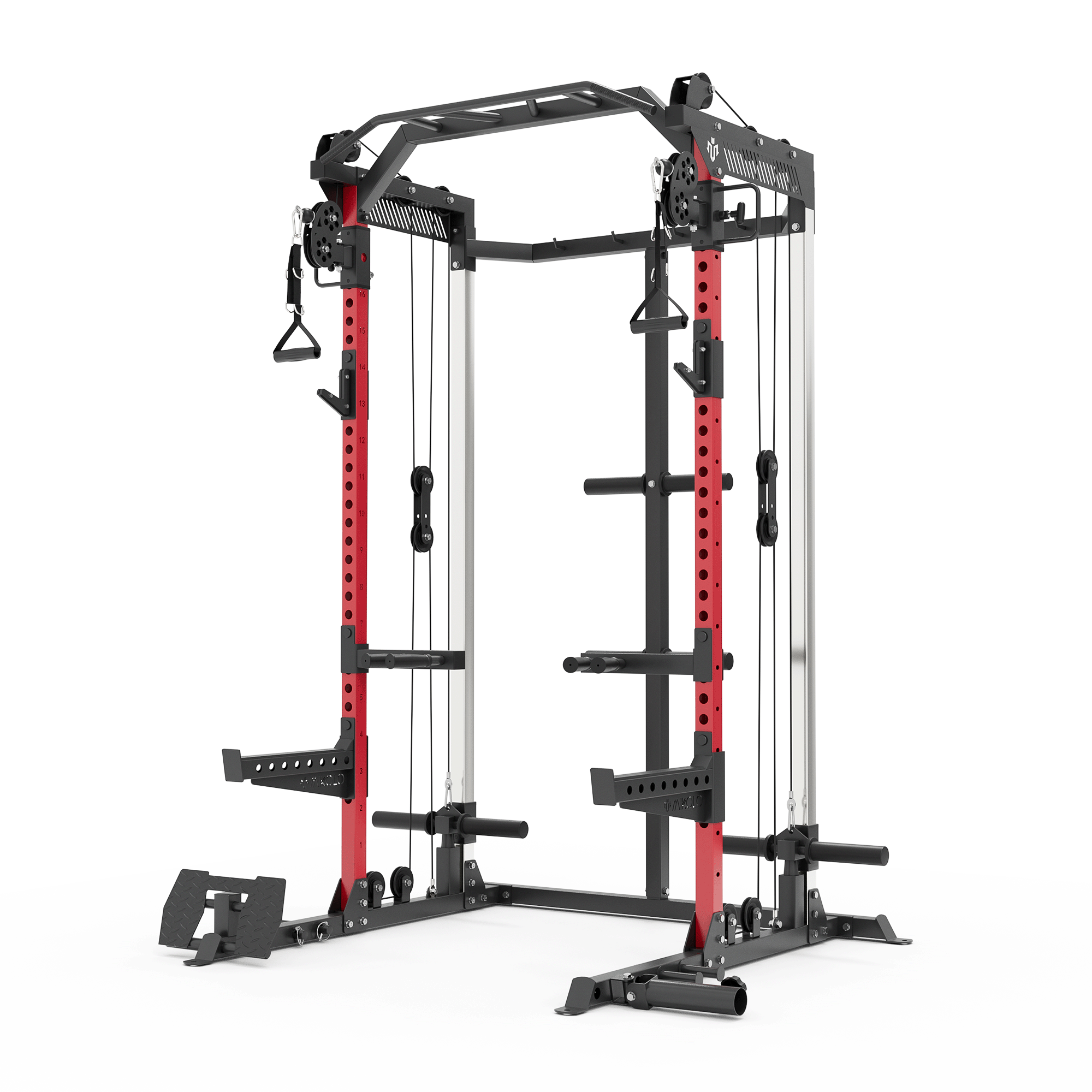




















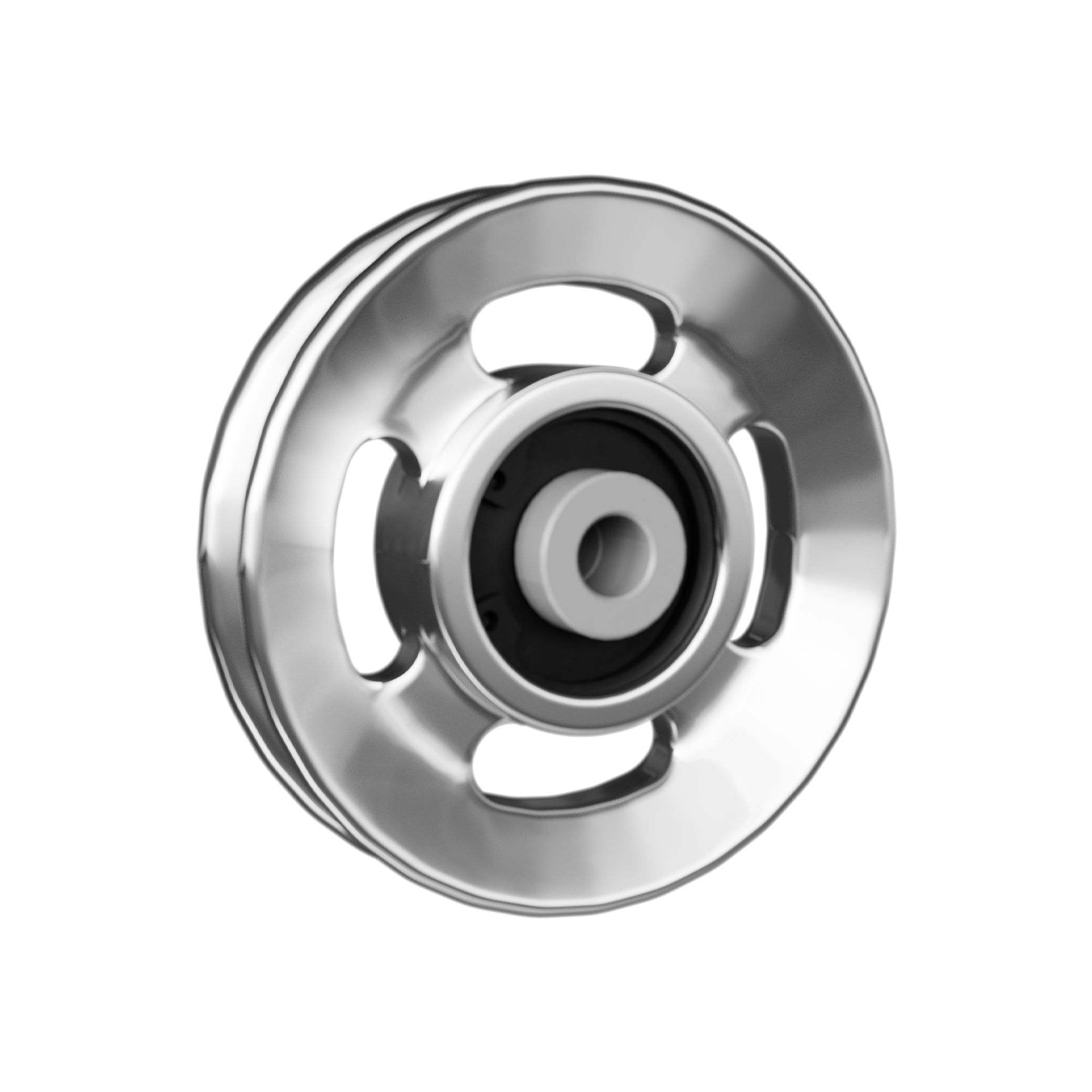



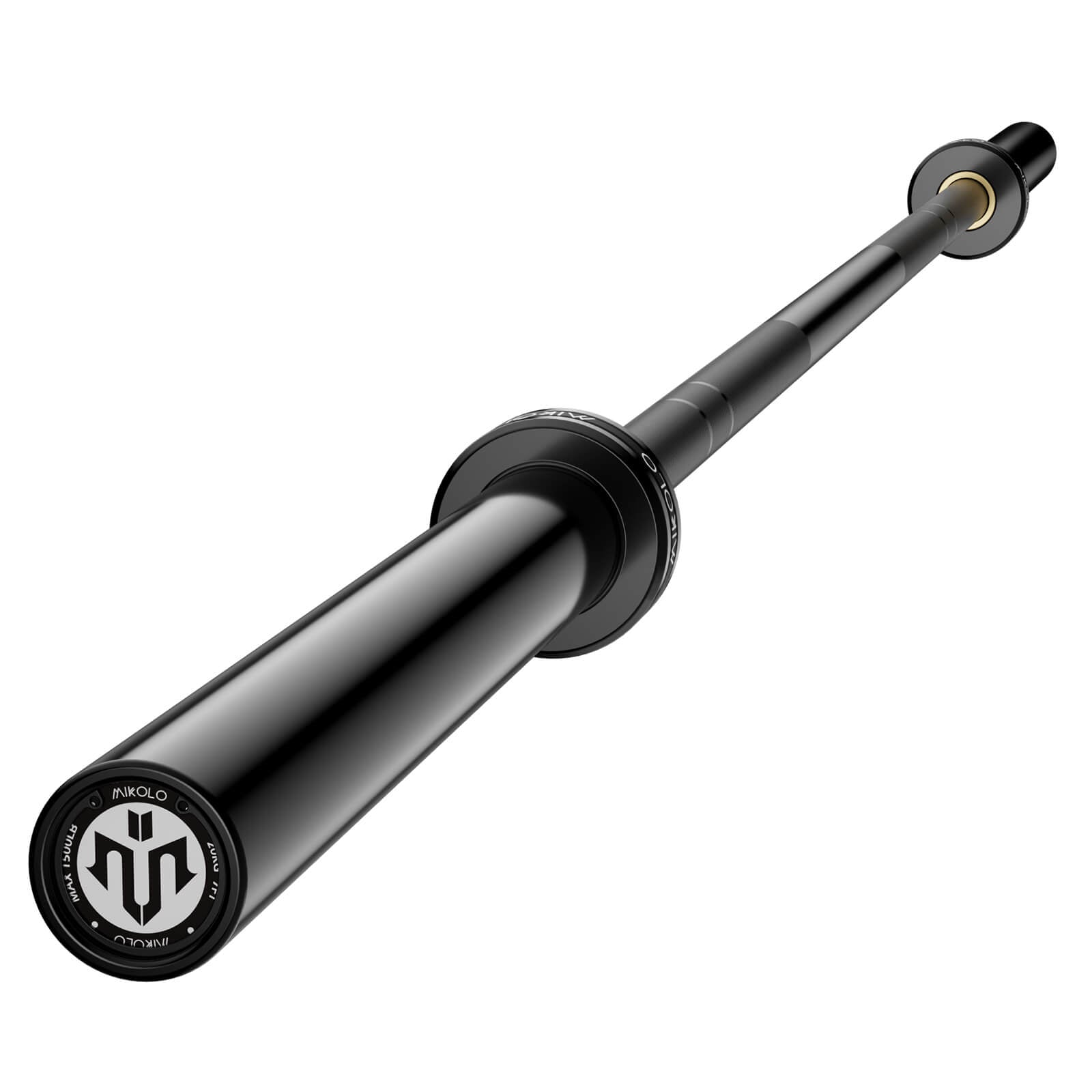




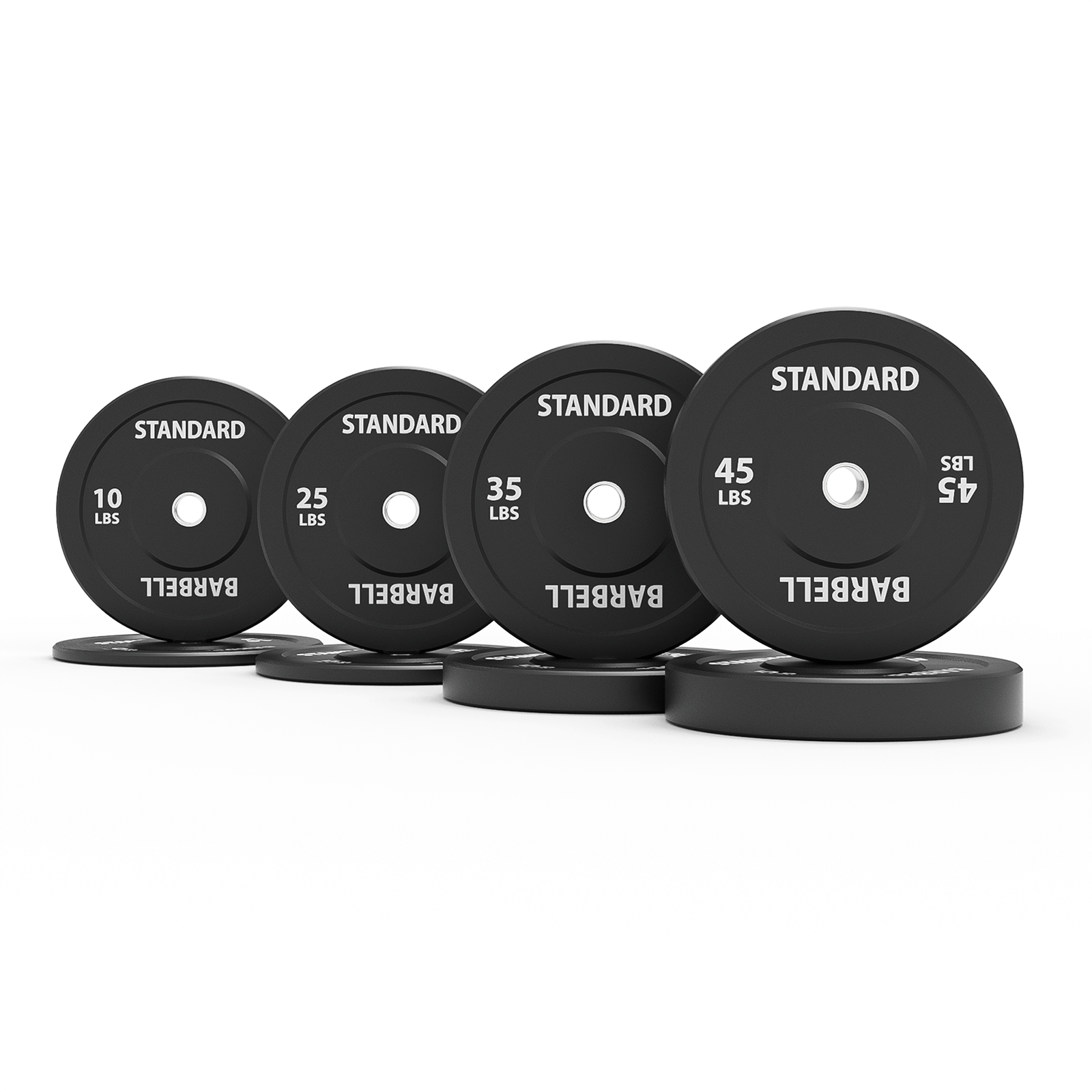




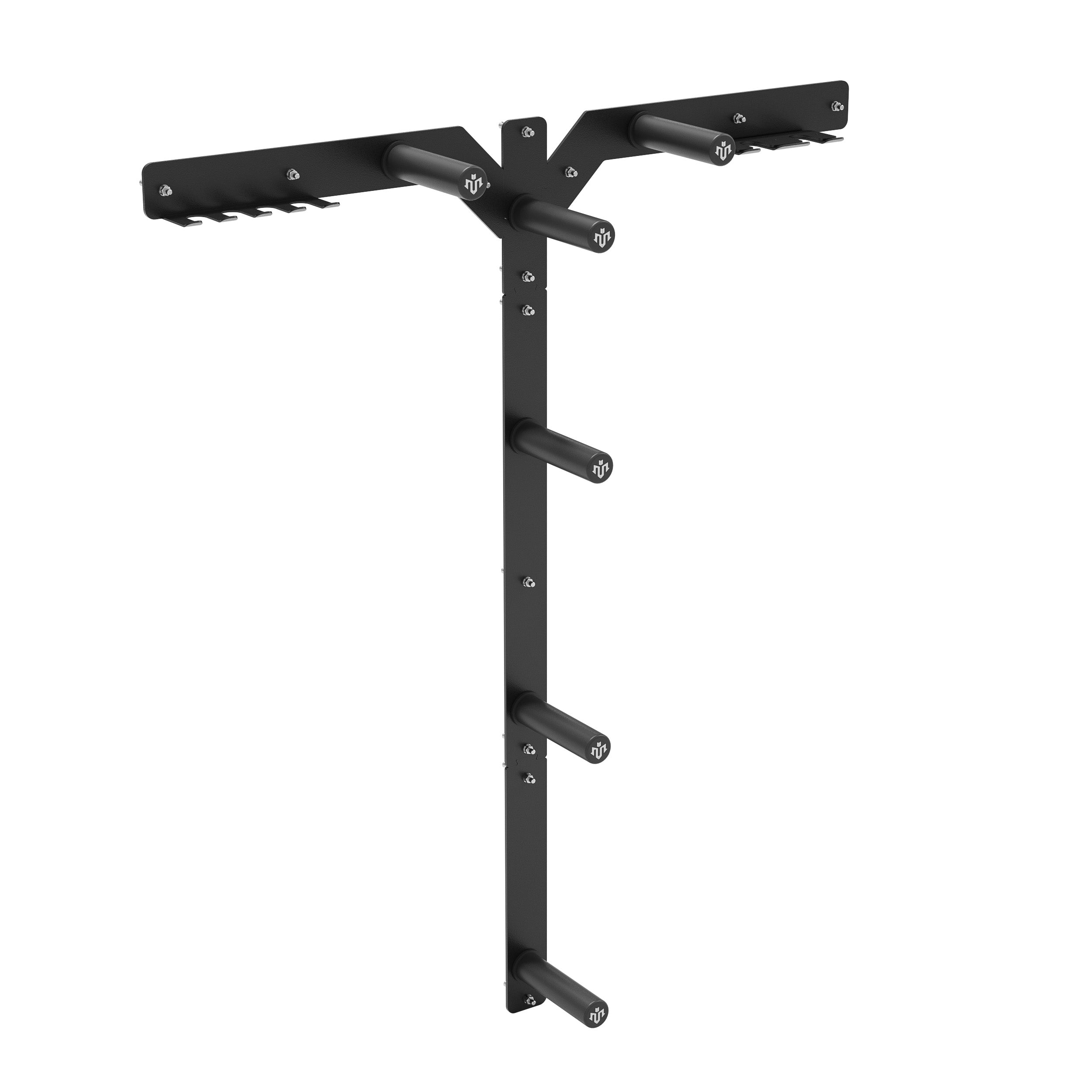




Leave a comment
This site is protected by hCaptcha and the hCaptcha Privacy Policy and Terms of Service apply.